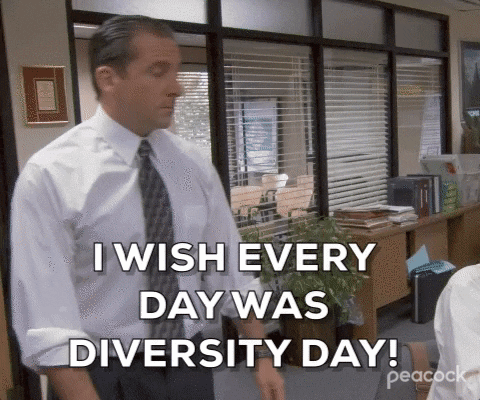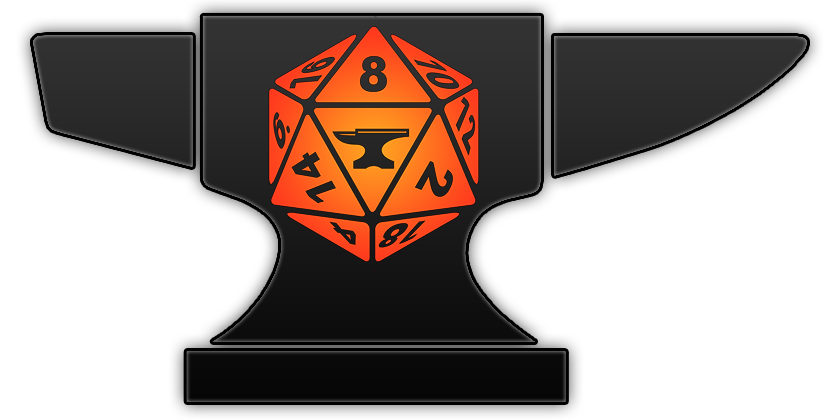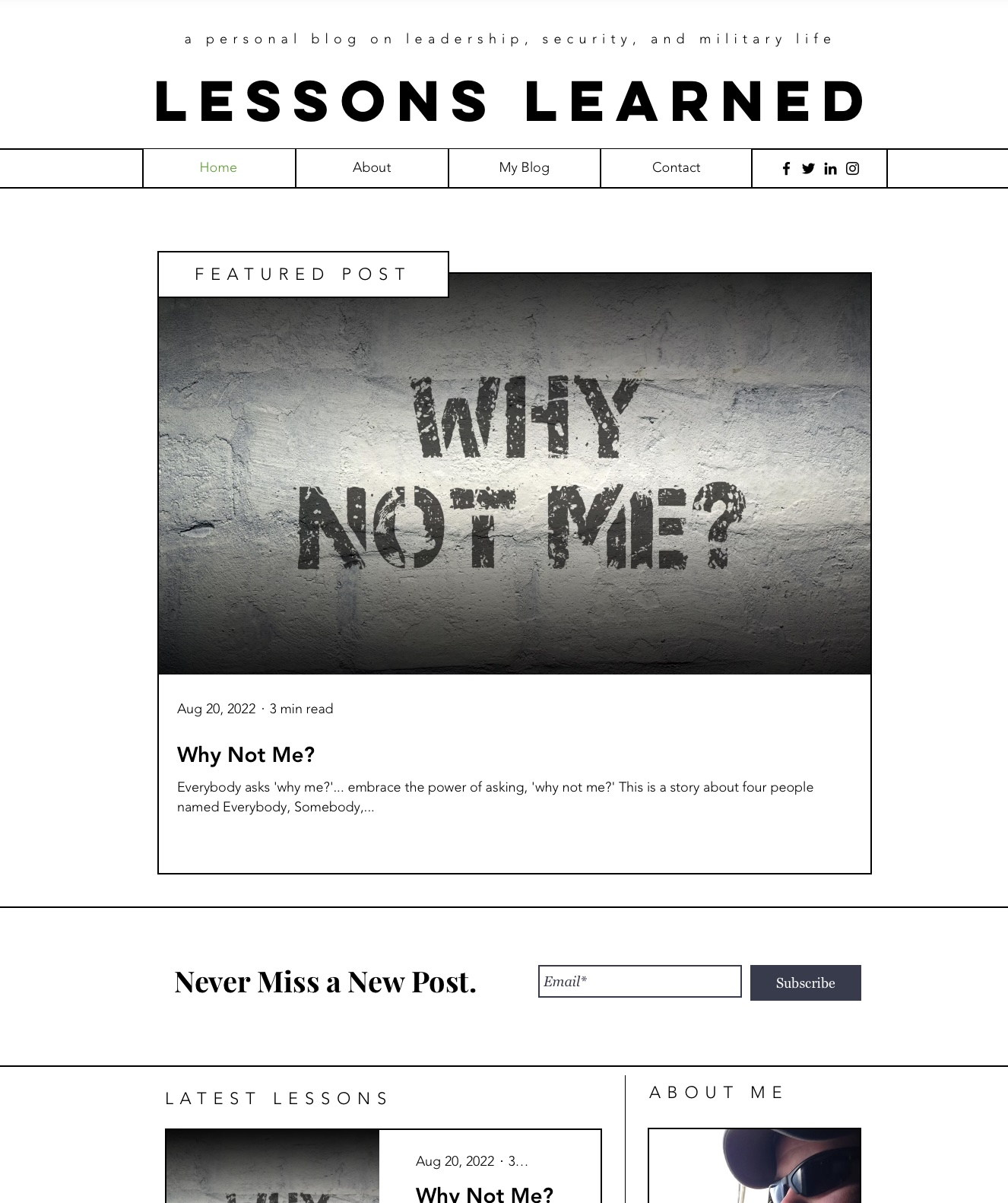The power of humbly listening to alternative voices and having your blind spots challenged.
It’s official! After decades of female Airmen suffering from migraines, hair loss, ill-fitting protective headgear, and white beauty standards under the guise of professionalism, the U.S. Air Force published an update to its venerable Air Force Instruction 36-2903 – Dress and Appearance of Air Force Personnel, dramatically expanding the number of hairstyles available. As the helpful graphic above points out, female Airmen are now authorized up to two braids or a single ponytail and bangs that can touch the eyebrows. This may not seem like much to the average civilian, but an honest discussion with any female service member will reveal considerable problems with previous requirements that necessitated either a bob or a bun.
In particular, the bun problematically needed for the hair to be straight, tight, and without any loose ends. While I think it’s a fine-looking style, seeing how much time our female Airmen spend on attempting to force numerous hair types and textures into a narrow set of grooming standards was mildly frustrating to me… as a white male. Listening to our female Airmen and the litany of issues showed me that it was more than just mildly frustrating; it was detrimental to their health and mission effectiveness. For many, it was just one more reason for otherwise outstanding teammates to separate, effectively creating another barrier for access to senior ranks and positions. That said, as this important update was announced, the usual kind of backlash from folks hiding behind the quaint notion of being “old school” predictably started up. More frustratingly was the amount of destructive redirection.
It’s Not About You

The “old school” comments are bad, but they’re almost always the musings of wistful retirees who are still settling into the idea that we have women serving to begin with. When they do come from younger folks, it’s usually the kind of folks who want to work hard to present the face of a hard-edged badass and fantasizes that there’s no grit in today’s culture. What really frustrated me was the sheer volume of comments from men whining, “what about me? When can I grow a beard?”
Diversity and Inclusion (or D&I, as the acronym-happy military is more commonly calling it) rule number one: if there is an essential advancement for a group of people who have historically been marginalized, the appropriate response is to celebrate. It is entirely unacceptable to redirect that celebration into also appeasing the needs of the majority. Adding rights and privileges to others does not take away from one’s own. I’m sorry, fellow dudes, it’s not about you. This is about your struggling teammates. Don’t try to make this about you.
Why D&I Matters
“Many military members hear today’s leaders talking about ‘diversity and inclusion,’ and we reflexively recoil. We mostly recoil because what we hear is ‘affirmative action’ or ‘choosing people’ for something because of their ‘race or gender’” – MSgt J.T. Cardwell.
In a recent conversation with a fellow Air Force senior non-commissioned officer, we discussed some of the issues surrounding the state of D&I in the military and even the baggage it carries. Many (usually white and male) people assume that if they pretend that they are ignoring race and gender issues, there aren’t any. The reality is that both sexism and racism are deeply embedded in American culture and implicitly influence many of our assumptions. Saying things like “I don’t see sex or race” is akin to ignoring the challenges experienced by non-male and non-white teammates while overlooking the implied bias behind many policies and standards. Instead of ignoring differences and how they’ve shaped us, we should see opportunities to celebrate and appreciate those differences. We should also be ready to bravely listen when those differences reflect a life much different from our own and rife with challenges we would have never considered.
MSgt Cardwell went on to point out that “it stands to reason then that if the military were originally formed with Black leaders and women leaders, there’s a MUCH higher probability the appearance standards wouldn’t have been designed in a way that caused so much suffering for Black and women Airmen.” This is the crux of D&I in a nutshell: as a white man, I need to continue to work on sitting down and just listening. Much of the system I thrive in is because I am the default, and most of the rules were written by doubtlessly well-meaning folks who looked just like me. I implicitly benefit from a system built with me as the assumption and anyone else as the exception.
Testimonials

On my first deployment to Iraq in 2009, I recall we had a limited supply of two-piece Army-patterned flight suits, and many of my peers clamored over the novelty of wearing that in lieu of the traditional one-piece desert tan flight suits we wore at the time. Initially, I shared that sentiment until I overheard some of my female teammates talking about how big a problem the one-piece flight suit made using the bathroom while airborne in small aircraft that lacked lavatory facilities. Afterward, I quickly realized that 1) the option to wear a two-piece flight suit wasn’t about me, and 2) we needed to pursue this option as a standard rather than an exception.
More recently, while assigned to oversee the initial training of Air Force aviators, I sat down with our (at the time) only female instructor to discuss blindspots in our training for new female aviators. One mentioned that – when able – she would sit down and personally mentor new female aviators on how to handle using the bathroom while airborne. While the now-standard two-piece flight suits were helpful, new aviators were understandably nervous about the mechanics of urinating into the powder-filled plastic bag commonly referred to as a “piddle-pack.” Without that mentorship, young women were typically left to learn how to deal with this normal fact of life independently, often resulting in terrible habits such as “tactical dehydration,” sometimes to the point of nearly passing out.
Conclusion
Those are just two examples I’ve personally experienced where the simple act of listening enabled us to make a small adjustment to enhance our team’s health, productivity, and lethality. Contrary to popular opinion, D&I initiatives are not just about making people feel better or unfairly biasing anything toward non-males or non-whites. They are about seeking opportunities to listen and make minor adjustments for traditionally marginalized groups. The Air Force’s decision to alter its female grooming standards is an important step forward that will directly enhance the combat mission readiness of over 25% of our force. I’m eager to see what other feedback we’ll receive in the coming years that can continue that progress.



